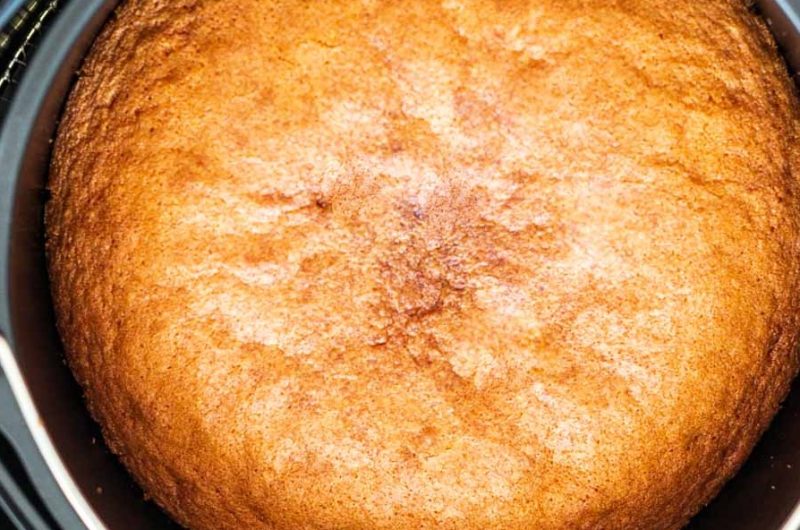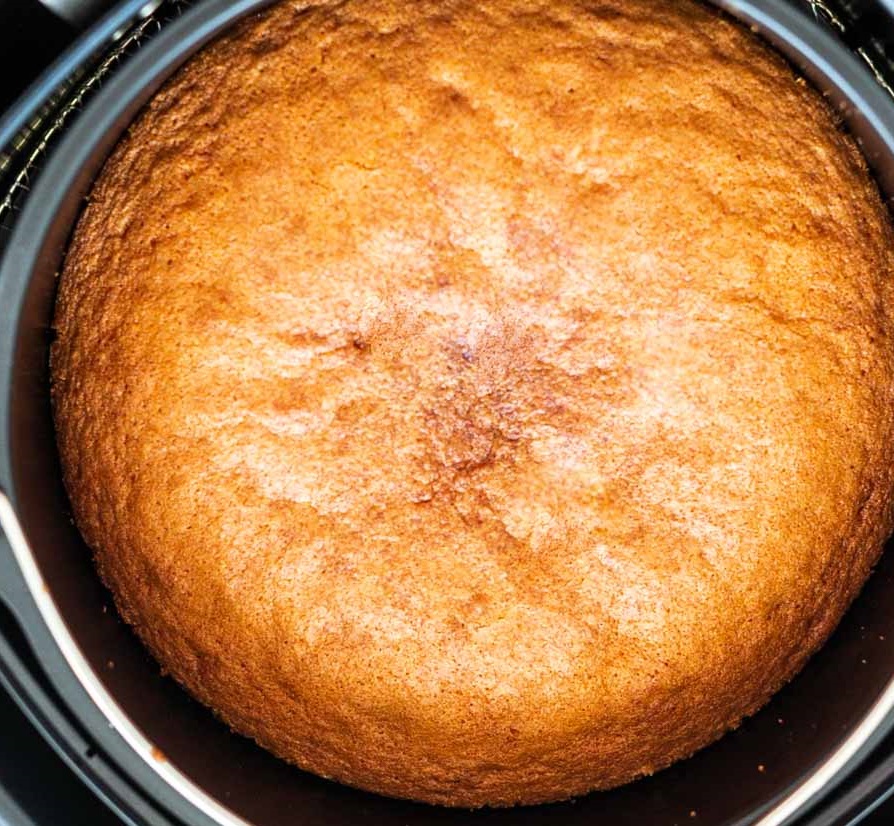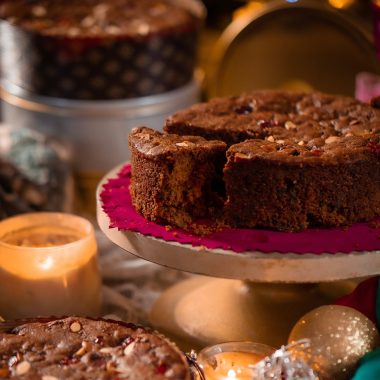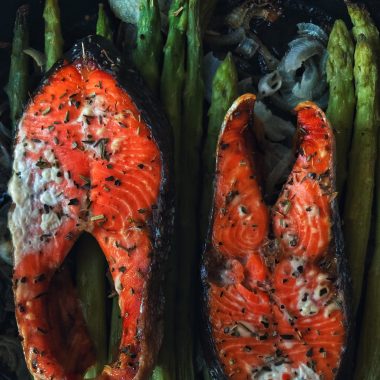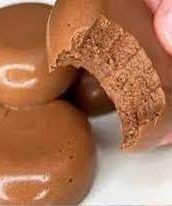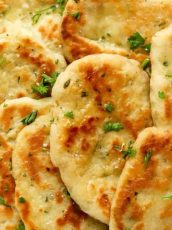Are you ready to elevate your baking game with the ultimate round lemon drizzle cake cooked effortlessly in the air fryer? Brace yourself for an easy-to-follow lemon drizzle cake recipe that not only produces a moist and flavourful outcome but also minimizes cleanup time, thanks to a handy round silicone baking pan.
cooking cakes in an air fryer involves more than just adjusting temperatures and times; it’s about finding the right fit for your air fryer basket, which is often not your standard cake size. Fear not, as we guide you through the process, ensuring your lemon drizzle cake fits snugly and cooks to perfection.
But first, let’s delve into what sets a drizzle cake apart. Essentially, it’s a cake adorned with a unique icing—a departure from the traditional butter and sugar mix. In our lemon drizzle cake, the icing consists of lemon juice, providing a thinner, more delectable coating that isn’t as heavy as conventional cake icings.
Now, let’s address a common concern: Why is my lemon drizzle cake soggy? It often boils down to the air fryer not reaching the right temperature for that crisp top or a miscalculation in the wet-to-dry ingredient ratio. To avoid sogginess, ensure your batter has the right consistency—thick, not thin.
Here’s where the plot thickens—our lemon drizzle cake recipe is just part 1 of 2. We believe in maximizing ingredients, so we whipped up enough lemon cake batter for two delightful creations: the air fryer lemon drizzle cake and scrumptious Lemon Slices. Yes, one batter, two delectable treats!
Now, let’s talk ingredients. We opted for Tesco seedless lemons, though any variety works. Use small to medium-sized lemons to maintain the perfect lemon balance. For flour, we recommend high-quality self-raising flour, such as Bero, and caster sugar for that ideal level of sweetness. The fantastic four—eggs, butter, milk, and a touch of vanilla essence—work harmoniously to create a creamy, light batter.
For the lemon drizzle icing, simplicity reigns. Grab some icing sugar (confectioner’s sugar in the USA) and, you guessed it, lemon juice. The magic happens when these two ingredients combine, resulting in a luscious lemon drizzle.
Now, the moment you’ve been waiting for—how to make the lemon drizzle cake:
- Start by blending butter and sugar until creamy.
- Add eggs, vanilla essence, and lemon zest; mix slowly.
- Gradually incorporate flour, milk, and lemon juice for a creamy batter.
- Pour the batter into silicone baking pans.
- Air fry for a carefully calibrated duration: 15 mins at 180°C, 10 mins at 170°C, and a final 10 mins at 160°C
- As it cools, prepare the lemon drizzle icing: mix lemon juice and icing sugar.
- Drizzle the icing over the cake for the finishing touch.
This air fryer lemon drizzle cake is a game-changer, and the hand mixer and air fryer combo will revolutionize your baking routine. Embrace the simplicity, relish the flavour, and bid farewell to complicated cleanup!
Wondering about cook times? We’ve fine-tuned the process with three temperature settings to ensure a perfectly cooked lemon drizzle cake. Trust us; the slightly extended cook time is well worth the moist, delectable outcome.
Before you embark on this lemony journey, consider these tips and tricks:
- Embrace the silicone advantage for easy cleanup.
- Feel free to experiment with different cake shapes in the air fryer.
- Adjust the lemon quantity to suit your taste preferences.
- For an extra layer of decadence, sandwich two lemon cakes with lemon curd.
Bonus air fryer trick: This cook time and method are versatile, suitable for various cakes. Optimal results at 170°C for a perfectly cooked center without compromising the top.
Nutrition Facts
24 servings per container
Serving Size1
- Amount Per ServingCalories169
- % Daily Value *
- Total Fat
9g
12%
- Saturated Fat 5g 25%
- Trans Fat 1g
- Cholesterol 48mg 16%
- Sodium 79mg 4%
- Potassium 53mg 2%
- Total Carbohydrate
21g
8%
- Dietary Fiber 1g 4%
- Total Sugars 11g
- Protein 3g 6%
* The % Daily Value tells you how much a nutrient in a serving of food contributes to a daily diet. 2,000 calories a day is used for general nutrition advice.
